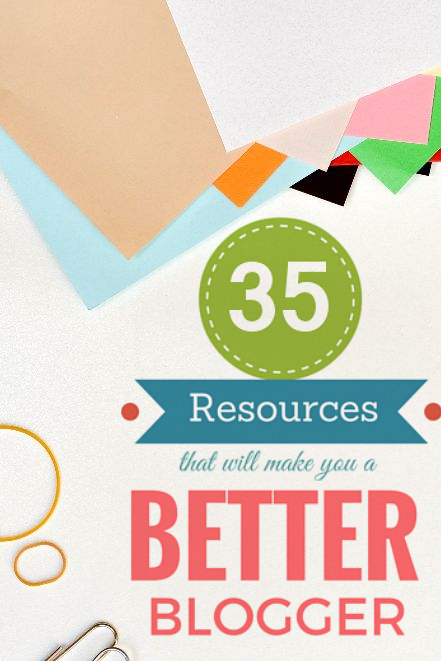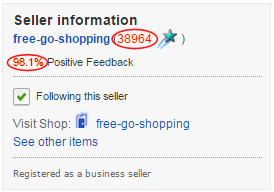You know what’s better than writing a great blog post? Writing a great blog post that gets the attention it deserves. There’s nothing worse than pouring your heart and soul (as well as hours of your precious time) into crafting a blog post you’re proud of, and then being the only one to read it. So here are 8 ways to promote your content on Twitter and ensure you’re not the only one to appreciate your content:
1. CRAFT INTRIGUING TWEETS
If you want to capture your audience’s attention, run-of-the-mill tweets saying “read my latest post” are simply not going to cut it – at least not until you have a vast and loyal readership that want to keep up-to-date with your content. “Read my latest post” is simply not an inviting phrase that would attract new readers – especially if you don’t even mention what your post is about.
So instead of tweeting “Hey, read my latest post on xyz” why not try a more provoking “X things you didn’t know about xyz” or “things you should know about xyz before you purchase it!” These tweets tell your audience that you’re not just fishing for views – they will get something out of reading your post too.
2. CUSTOMISE YOUR TWEETS
In order to have the most success at attracting new readers, you will have to advertise the same post more than once a day and ascertain that your tweet has the chance to be seen by everyone, including those who live in different time zones.
You should however, keep in mind that these tweets will remain on your profile for all to see, and a profile spammed by the same tweet is not going to do well to attract new followers. So every time you promote a blog post, find a different way to introduce it: describe what your post is about; ask a question that your post will answer; quote a part of your post. Then, alternate between these tweets.
3. DON’T OVERDO IT
Publishing a new post is exciting and it’s only normal to want the whole world to see it, but keep in mind your current followers. Trying to appeal to new readers is all fine and well but remember that your current audience would not want to be spammed by the same tweet 20 times a day, so find the balance between promotion and regular tweets, as well as promoting some of your older posts or your blog as a whole, for variation.
4. USE IMAGES
Yes I’m aware that an image takes up 23 characters of your already very limited space for expressing yourself. But you know what? When your whole dashboard is full of text that changes every minute, it’s an image that will make you stop and read the tweet. It’s the image that will catch your readers’ attention amongst the sea of writing, cause them to pause, and hopefully click the link. A picture’s worth a thousand words, and you only need 23 characters.
5. MENTION RETWEET ACCOUNTS
Every time you advertise a blog post on twitter, make sure to mention a couple twitter accounts that are dedicated to retweeting bloggers and exposing their content to a larger audience. My favourite retweeters are:
@LovingBlogs, @blogginggals, @FemaleBloggerRT, @UKBlog_RT, @UKBloggers1, @TheBloggersPost, @RT_Bloggers, & @BBlogRT (for beauty related posts). I use at least 2 of these in every promotional tweet.
6. MENTION COMPANY ACCOUNTS
If you’ve written a whole post about a company or its product, why not mention them in your tweet using the company’s handle? Not only will your tweet become visible to all who search the handle, but it may also be retweeted by the company to all of their followers. And really, once you’re on their radar, who’s to say they won’t offer you a partnering opportunity?
7. BE ACTIVE
Twitter is probably the most fast-paced environment on the internet; one second your tweet is there, and the next it’s buried under a 100 new tweets. It’s old news. Worse yet, it’s no news. With the tweets rolling in at a 100 posts a minute, it’s far too easy for your tweet to get lost amongst the sea of others and get overlooked.
That’s why you have to be active and persistent, making sure that if one tweet was overlooked, the next one will be noticed. And don’t forget to appeal to the audience from across the globe and schedule tweets for when you’re out or asleep.
8. LINK TO YOUR BLOG IN YOUR BIO
Regardless of whether you’re online or not, your earlier activities and scheduled posts will be bringing people by your profile throughout the day, curious about who you are and what you do. So why not leave them a link to your blog so they can learn about you and decide whether or not they’re interested in what you have to say?
How do YOU promote your posts on Twitter?












